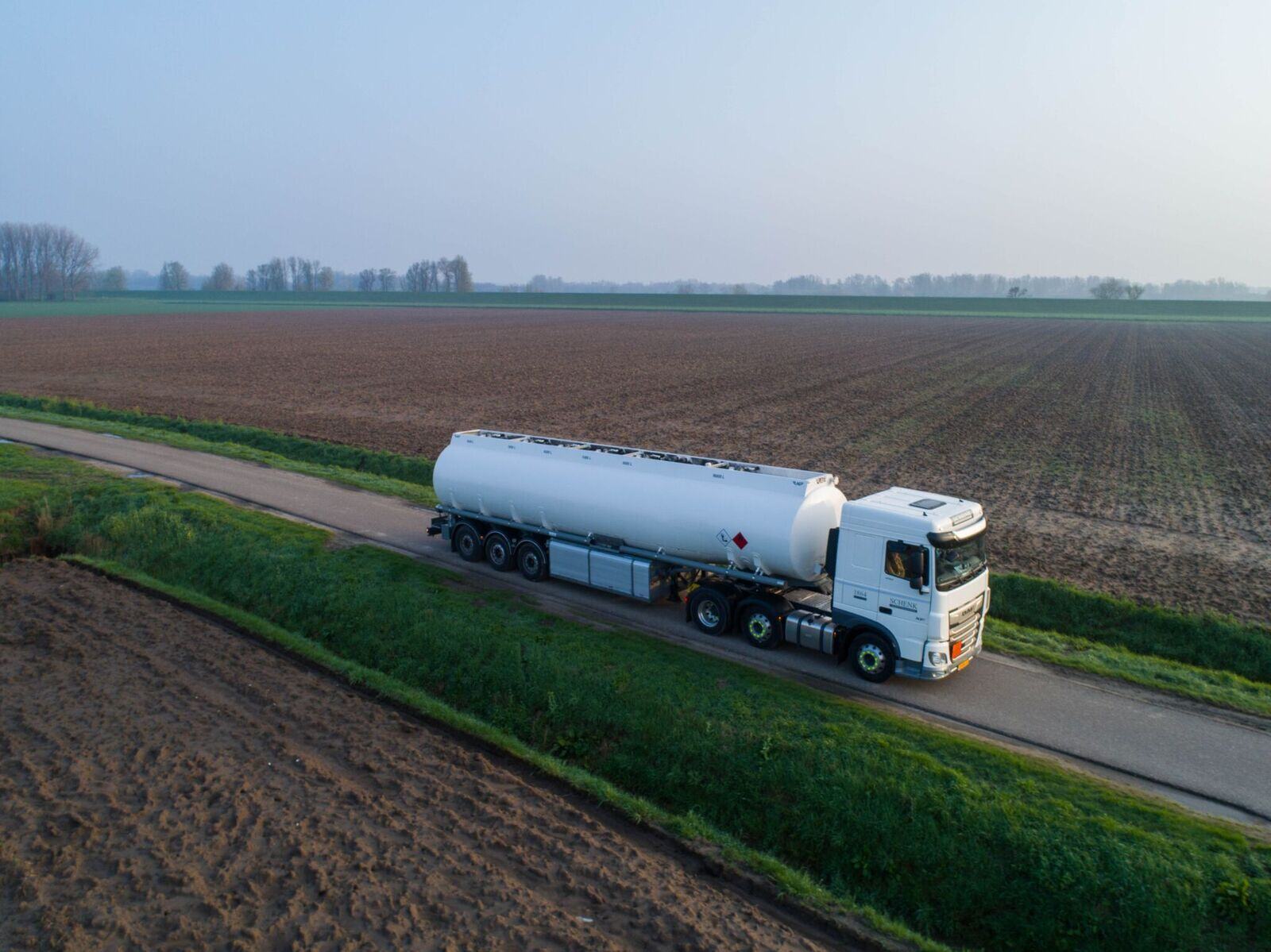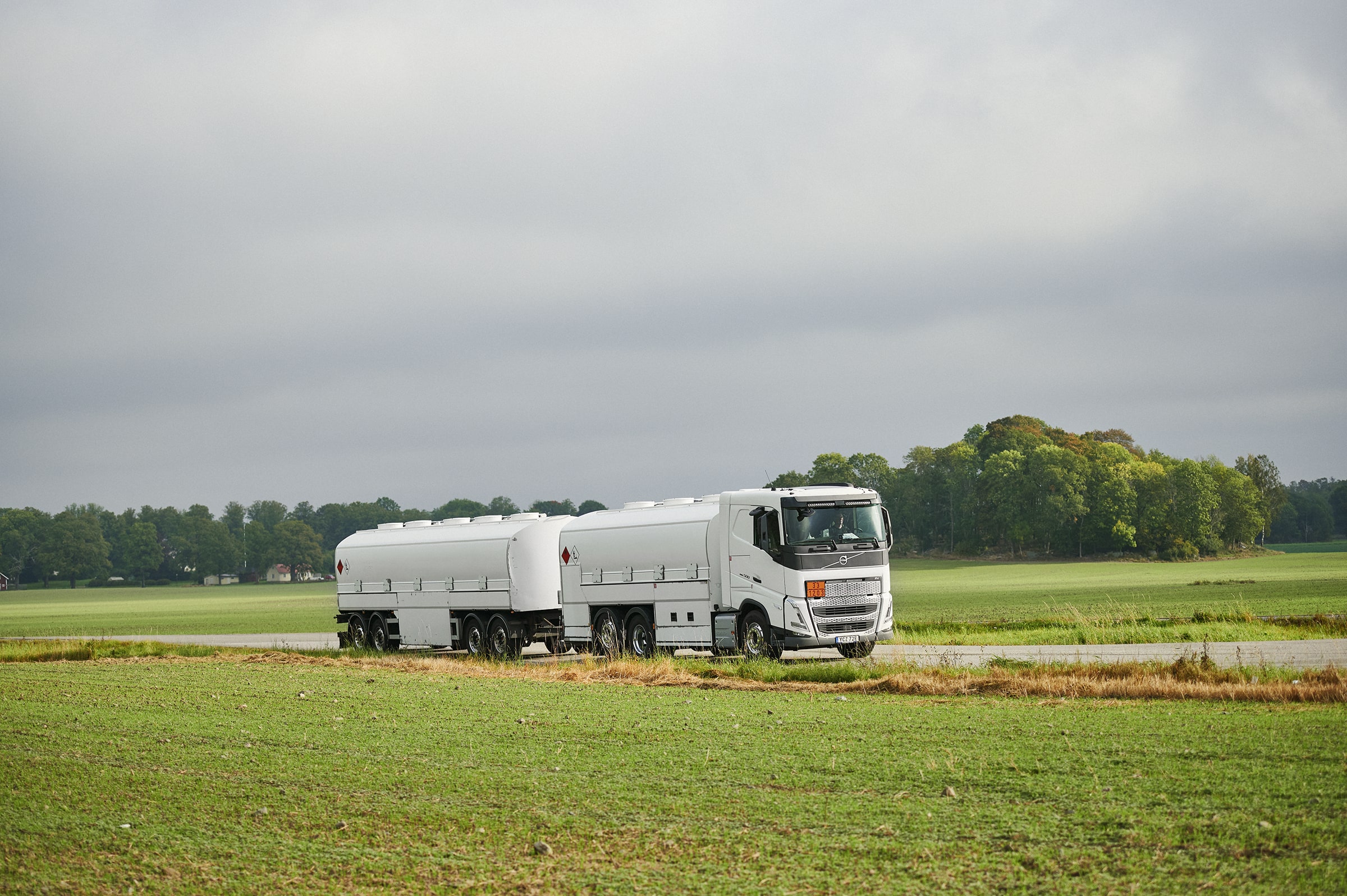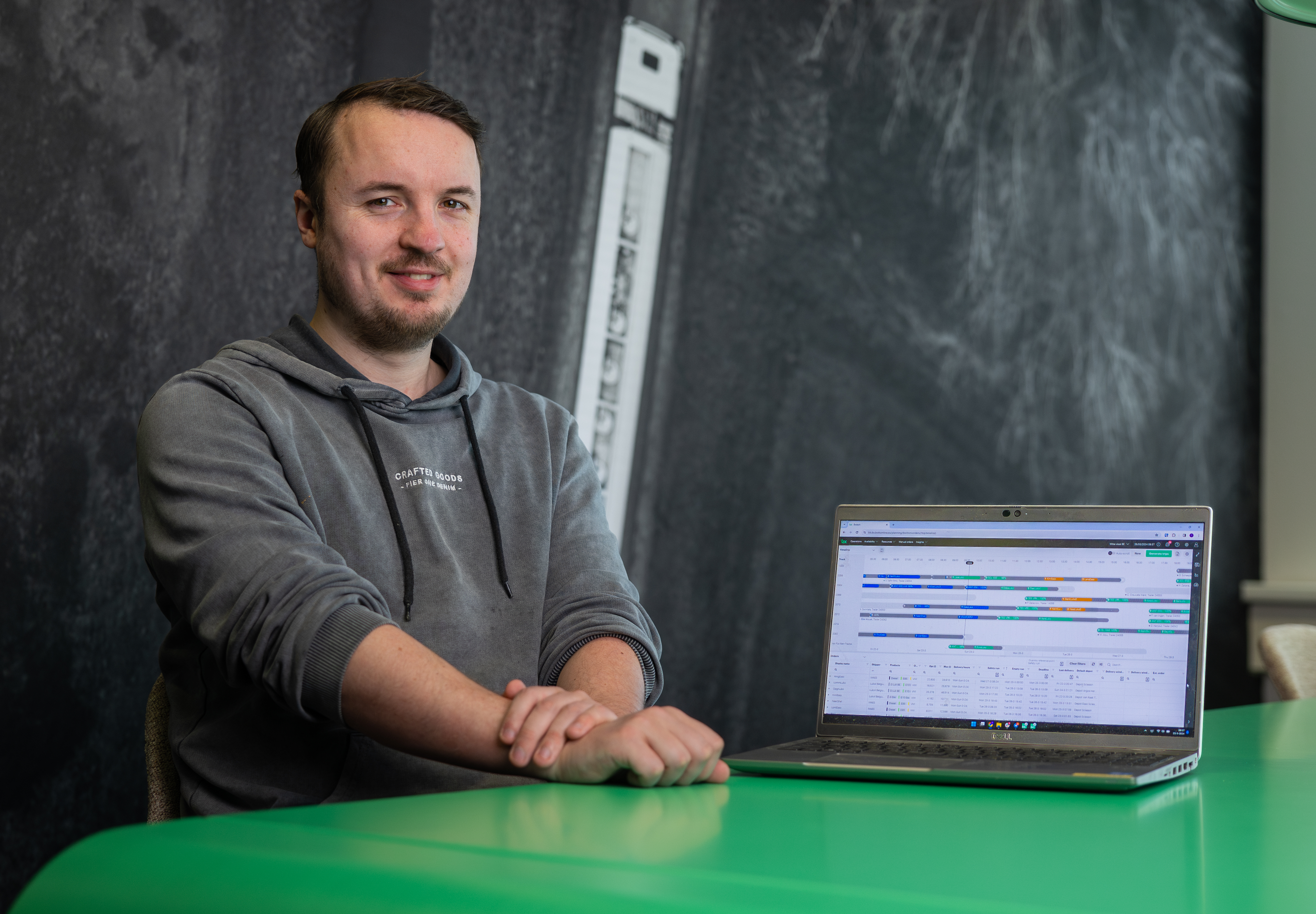Why Autonomous Inventory Routing (AIR) ticks all the boxes
Read how the 8 key logistics trends, that are set to shape the industry in 2024, can be accelerated by the adoption of Autonomous Inventory Routing.
Planning is a crucial part in logistics. It makes sense to automate it. Autonomous planning systems, driven by the killer combination of algorithms and real-time data, will be much faster at calculating optimal delivery routes than even the most experienced human planner. And they can adapt to developments in real-time, 24/7.
Curiously, such technology has so far had only a very modest impact on planning processes. Research by McKinsey found that the two most widely used systems by planning functions are still the good old spreadsheet and, I quote, “a popular but antiquated SAP module.” However, the same research also suggests this is about to change. It indicates 80% of supply chain leaders expect to use AI and machine learning in their planning processes within five years. The same number expects to be able to make faster, more accurate, and consistent decisions as a result, leading to higher service levels, lower transport costs, and reduced customer delivery penalties. In some industries, this process is already gathering steam.
At Bottomline, we recently introduced the first Autonomous Inventory Routing (AIR) platform for fuel delivery logistics. AIR uses algorithms and real-time inventory data to automatically plan optimal (multi-drop) delivery routes. In a previous blog I've outlined how this can help solve the three main bottlenecks in the fuel delivery sector: it reduces the risk of stock-outs to a minimum, cuts delivery costs, and boosts planners’ productivity by over 50%.
But there is no reason why, with relatively minor adjustments, the same concept cannot be rolled out in other vertical markets, with similar results. In fact, over the past few months, we’ve spent a lot of time talking to supply chain professionals in various industries, from dairy cooperatives to breweries and cash delivery services. After all, each market has its own specific requirements and priorities, and AIR will only deliver its potential benefits when it is a perfect fit for each industry’s particularities and challenges. Based on these conversations and the research we’ve done since, here are some examples of markets where we feel AIR could have an impact soon:
The supply chain for industrial gases shares a lot of characteristics with the fuel delivery logistics that our current AIR platform was designed for. Industrial gas is a bulk product, transported in tanker trucks. Crucially, the delivery model often revolves around multi-drop deliveries in a Vendor Managed Inventory (VMI) setting. In other words, it’s the supplier who monitors the customer’s inventory levels and plans deliveries accordingly.
While many suppliers of industrial gas already use (proprietary) planning software, we have run simulations that indicate substantial efficiency gains can be made by introducing AIR algorithms. We’re currently working with some major suppliers to tailor our AIR platform to their delivery processes and product characteristics. For example, in many cases, product loss during delivery is inevitable, and the algorithms need to take this into account. With some products, we cannot import real-time data on inventory levels (as we do in the retail fuel business), and it’s delivery drivers who have to take readings and feed this data into the system. In the case of gas for medical facilities, it may be necessary to add QR codes to ensure deliveries can be traced back to particular production batches, as part of a quality assurance protocol. All such specifics need to be built into the AIR platform. Interestingly, we have already come across examples of new functionality required by the industrial gas market that will also be useful for our oil & gas customers.

Of course, industrial gas is not the only bulk product delivered by tanker trucks using a VMI model. Other examples include the delivery of cellar beer to pubs (when beer is stored in tanks rather than barrels).
A particularly interesting example is the supply chain for animal feed, where AIR does not only offer opportunities to optimize delivery logistics but even the production process itself. That’s because animal feed is often made to measure for individual customers (or, more accurately, for their cattle). So suppliers may have a portfolio of hundreds or even thousands of different products. That sounds like a logistical nightmare. But it’s in such extremely complex settings that AIR really thrives and offers even more scope for optimization. In this case, AIR will not only generate more efficient delivery routes, but its algorithms will also indicate the ideal timing (and even batch size) for each production run.
So far we’ve only talked about the delivery part of supply chain logistics. But essentially, AIR is about optimized routing, and it doesn’t really matter whether the trucks involved deliver products or collect them. One example of a collection process that could easily be optimized using AIR is municipal waste collection from underground containers. These containers can be (and indeed in many cases already have been) fitted with sensors to monitor fill-level. Using this information, as well as historical data on how quickly individual containers on different locations fill up, AIR can generate optimized collection routes, and if necessary adjust them in real-time.
The same principle can be applied to any collection process in which sensors can provide real-time data and where trucks tend to visit multiple sites on a single collection run. Collecting milk from dairy farmers is another example. The key point is: the optimized routing enabled by AIR can deliver substantial savings, since it’s more than likely that fewer vehicles can do the same amount of work, to the same standard.
A good question. The research quoted above showed that 90% of SCM professionals in various verticals expect a fundamental overhaul of their planning IT systems within the next five years. At Bottomline, we’re doing our part, having built an Automated Inventory Routing platform that is already proving its worth in fuel delivery logistics and will soon branch out into a second market.
And who knows what will follow? In this blog, I’ve listed some possible applications, but I’m sure there are many others we haven’t yet thought of. Feel free to drop me a line and share your thoughts on the subject. And if you’d like more information on the concept and implications of Automated Inventory Routing, make sure to download our ebook.

Read how the 8 key logistics trends, that are set to shape the industry in 2024, can be accelerated by the adoption of Autonomous Inventory Routing.

What are current AIR platforms, based on a new generation of algorithms, capable of and what’s in it for fuel companies and retailers?

"AI will not replace you at your job but will change the way you work," I read somewhere recently. To what extent can my work be automated?